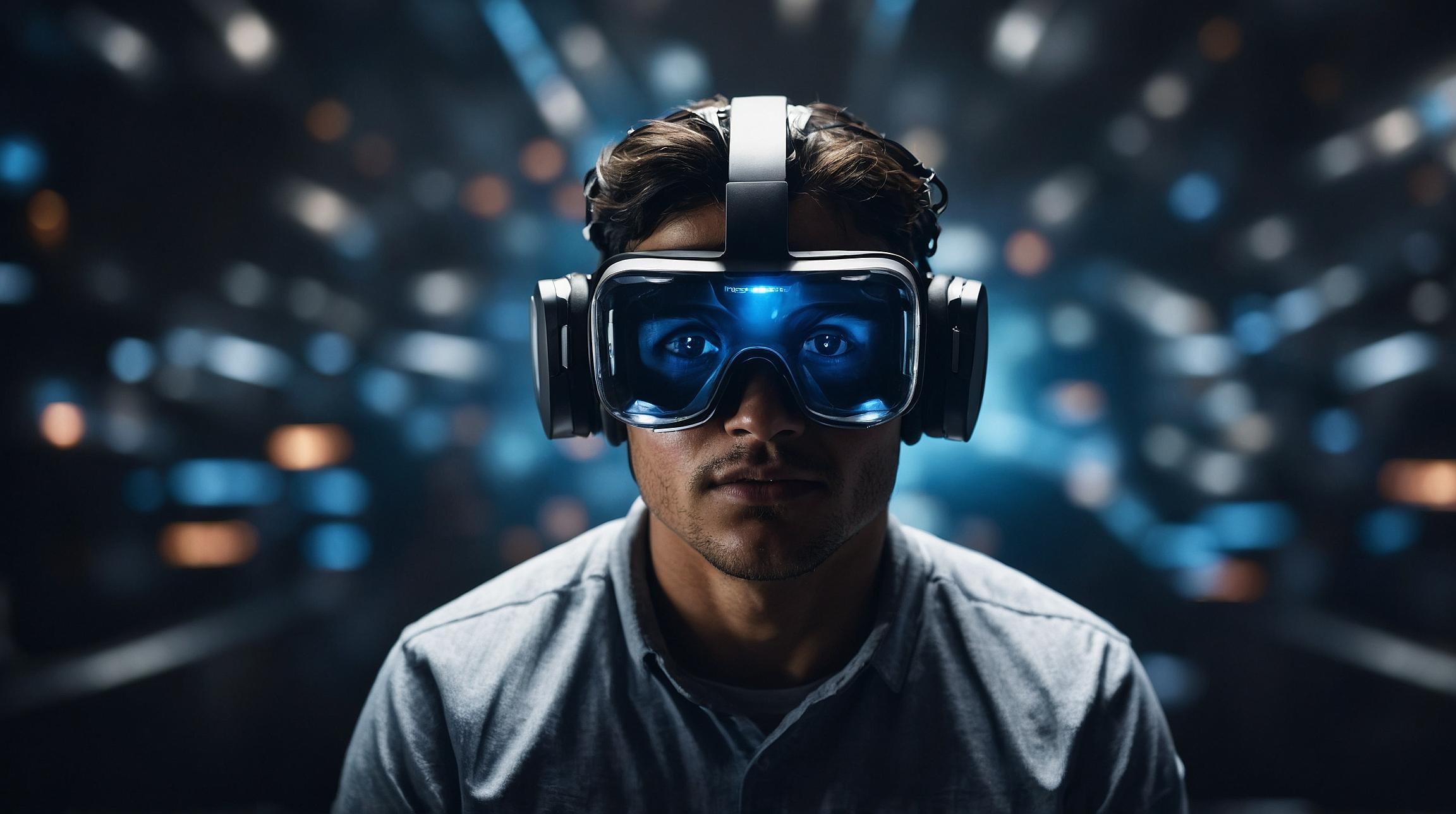Are Virtual Reality Headsets Bad for Your Eyes?
As VR devices gain popularity, many potential users are concerned about their impact on eyesight. We've always been told that too much screen time can lead to eye fatigue, headaches, and other issues. But what happens when we place screens just a few centimeters in front of our eyes? While VR technology has been around for decades, its mainstream adoption raises questions about vision health.
Currently, the research on VR headsets and their impact on vision is limited. Researchers agree that VR devices may cause eye problems, but it's uncertain. We already know that digital eye strain is a real issue. Regular exposure to screens can lead to headaches, blurry eyes, watery eyes, and fatigue. Human beings aren’t designed to look at screens all day, which can cause eye fatigue, neck and shoulder pain, and double vision.
Optometrists usually recommend adding distance between digital screens and your eyes. However, VR headsets place screens as close to our eyes as possible, which raises concerns.
Concerns About VR Headsets
Ongoing research into digital eye strain is one reason there are concerns about VR headsets. Another major concern is VR sickness, which can cause headaches, dizziness, difficulty maintaining balance, and nausea. Experts suggest that choosing headsets with high-quality screens, minimal latency, higher refresh rates, and better graphics can reduce VR sickness.
Most research into the impact of VR headsets on eyesight is somewhat outdated. Modern VR devices use more advanced, high-resolution screens with better refresh rates and pixel density, which helps reduce eye strain. VR innovators are investing in ways to reduce VR sickness and common side effects from VR usage. For instance, new headset designs focus on reducing eye strain and motion sickness, with features like wider fields of view, blue light filters, better ergonomics, and reduced latency.
Customizing VR for Comfort
Many VR headsets allow users to customize their experience. You can adjust factors like interpupillary distance and screen brightness to help reduce eye strain. Improved software in VR applications helps better simulate depth and distance, aiding the eyes in focusing at different distances. Increased awareness about VR usage also helps in reducing potential eye strain and VR sickness.
Potential Health Benefits
Interestingly, VR headsets might have health benefits too. Programs are being developed to treat and correct vision issues such as "lazy eye" by training eye muscles to focus at various distances. VR applications can also improve hand-eye coordination, enhance depth perception, and boost reaction speed. However, most of these programs focus on adults, and the impact on children's vision is less understood. Children may not take the necessary breaks to rest their eyes, as adults do.
Tips to Minimize Eye Risks from VR
To minimize the eye risks of VR:
- Follow VR manufacturer guidelines and avoid prolonged use.
- Take regular breaks to rest your eyes.
- Adjust display settings for a more comfortable viewing experience.
- Use blue light filters to reduce eye strain.
- Customize VR headsets to your vision needs.
Ultimately, there’s no clear evidence linking VR use to long-term eye issues. Concerns about digital eye strain are valid, but correct precautions and regular breaks can usually mitigate these issues. Advancements in VR technology will likely reduce these risks further. Your vision should be safe if you take the right precautions.













